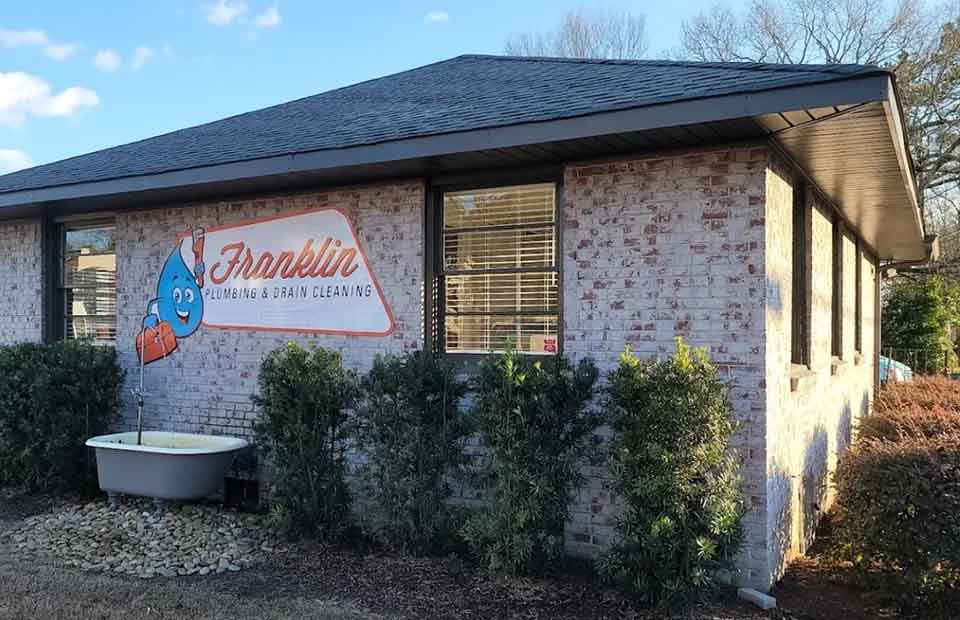Op-Ed: Maui plumbing rules headed for much-needed update
By Jonathan Helton policy analyst at the Grassroot Institute of Hawaiʻi
Building homes and making renovations to existing ones â and even wildfire recovery â will soon be easier throughout Maui County, now that Mayor Richard Bissen has signed a bill that was unanimously approved earlier this month by the Maui County Council.
The measure, Bill 146 (2024), directs the Maui Department of Water Supply to update the countyâs regulations for water-using appliances â for the first time since 1995 â based on the latest technological advances in plumbing.
Mauiâs current plumbing rules allot a certain number of âwater-fixture unitsâ to all households that are connected through water meters to the county water system.
Appliances such as sinks, toilets, potfillers and exterior hose spigots are each assigned a number based on how much water they are expected to use. A kitchen sink, for example, is assigned a unit score of 1.6 and a toilet 1.7.
For 5/8-inch water meters â the most common size for Maui households â the countyâs water-fixture-unit limit is 31.
The idea behind the limit is that it can reduce the chances of low water pressure or stressing the water meter.
But hereâs the rub: Water-using appliances have become much more efficient over the past 30 years. As a result, the county’s current fixture-unit limits have proven to be burdensome and costly for residents seeking to renovate their homes or perhaps add Ê»ohana units using the same water meter.
The county does allow property owners to exceed the 31-unit limit, but only if they pay $389 for each additional unit, and up to only 42 in total.
Especially concerning is that people seeking to rebuild their homes that burned down in the August 2023 wildfires have run into this dilemma.
Mauiâs current fixture-unit rule is based on a 1940s graph known as the Hunterâs Curve, which assumed that there could be a âpeak flow eventâ when most or all water fixtures in a building might be in use â like a football stadium restroom at halftime.
But most homes donât experience that kind of strain on their plumbing all at once â especially homes with modern appliances.
The presence of an additional water-using appliance does not mean that all of them will be in use. Adding a potfiller, for example, just means you wonât fill your pot in the sink; you will be using the same amount of water either way.
Mauiâs water-fixture limits are outdated and confusing, and itâs good the County Council and mayor have decided to reform them.
Thankfully, thereâs an easy way to do this. The International Association of Plumbing and Mechanical Officials has created a free calculator that estimates peak water demand. Relying on modern data, the calculator also allows builders to avoid oversizing their piping, which can save money upfront and lower utility bills for homeowners.
Instead of reinventing the water-use calculating wheel, the department could use this tool to help lower costs and expand housing access.
This one change wonât make Mauiâs housing crisis go away, but it would help.
Jonathan Helton is a policy analyst at the Grassroot Institute of Hawaii, and a coauthor of the
report, âHow fixes to Mauiâs water-fixture policy could ease its housing crisis.â
*****Views expressed in Op-Ed pieces are those of the authorâs alone and do not reflect or represent the opinions, policies or positions of Maui Now.*****Â Â










